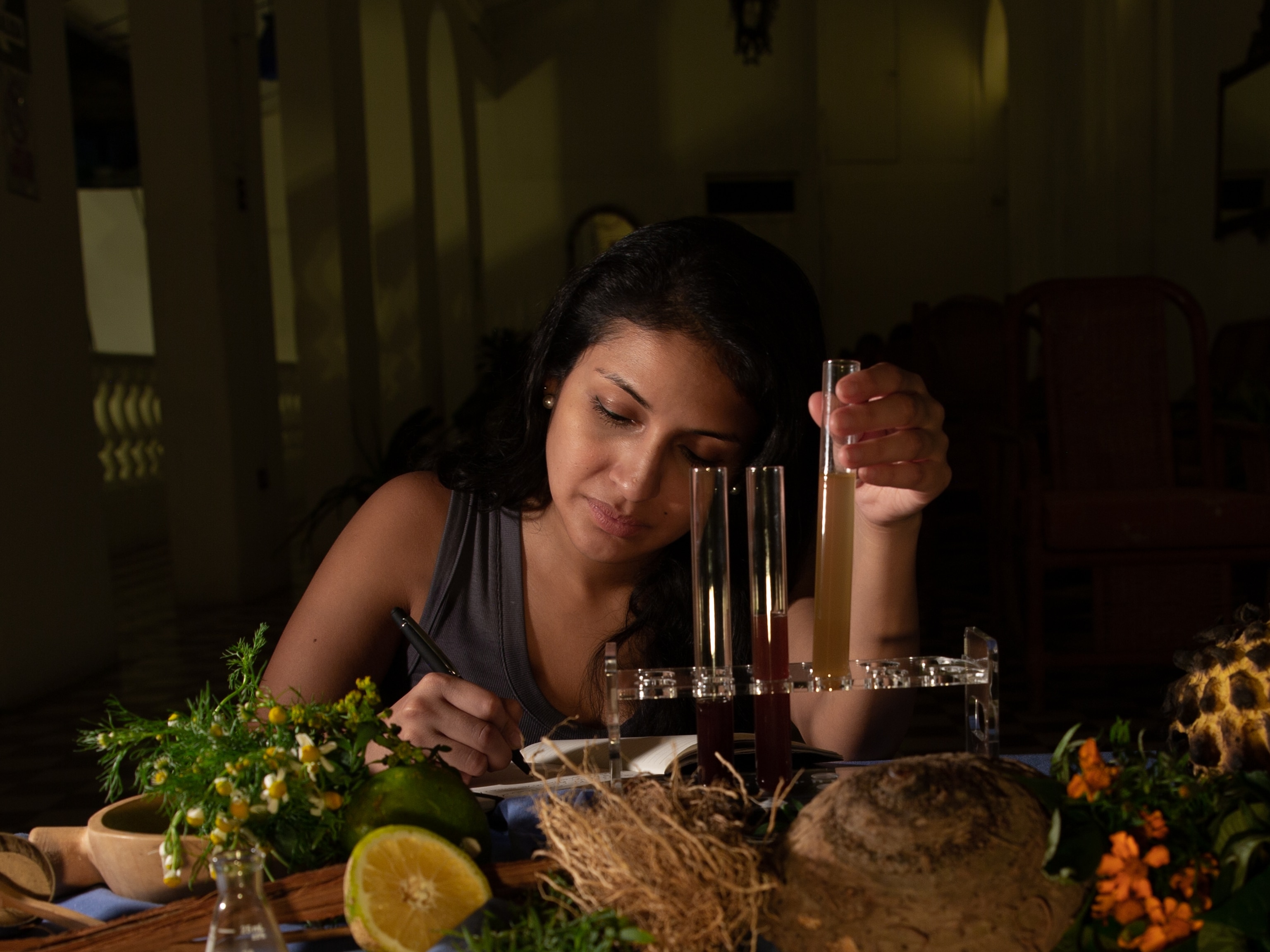Luján Agusti: Recording lifestyles, landscapes across the globe
National Geographic Explorer Luján Agusti uses visual storytelling to draw attention to lesser-known practices and places by showcasing their beauty.
As a child in Buenos Aires, National Geographic Explorer and photographer Luján Agusti says that it was her desire to follow in her older sister’s footsteps that sparked her initial interest in photography. Her sister gained admittance to a photography workshop at school, and Agusti soon followed.
“I was a very shy, but curious kid,” Agusti recalls, “and I found in photography the perfect tool to get to know everything without having to talk too much. I was protected by my camera.”

From the beginning, she maintained dual interests in both photojournalism and photography as an artform. At first, she did both separately. “I had my more artistic side and my photojournalistic side,” she recalls, “until I realized that I could get them both together.”
She began to explore the limits of documentary practice, synthesizing artistic and photojournalistic approaches to tell more complete stories about what interested her most.
After finishing her studies, Agusti moved to Mexico, where she developed projects relating to religion and culture . During this period, her work began to garner international recognition.
“At that point,” she recalls, “I said, ‘Okay, now what? Now that my voice is being heard, what do I want to talk about? What is my responsibility?’”
Agusti, who was born in the Chubut Province in northern Patagonia, decided to return to her homeland. She now resides in Tierra del Fuego, the archipelago that forms the southernmost extent of South America.
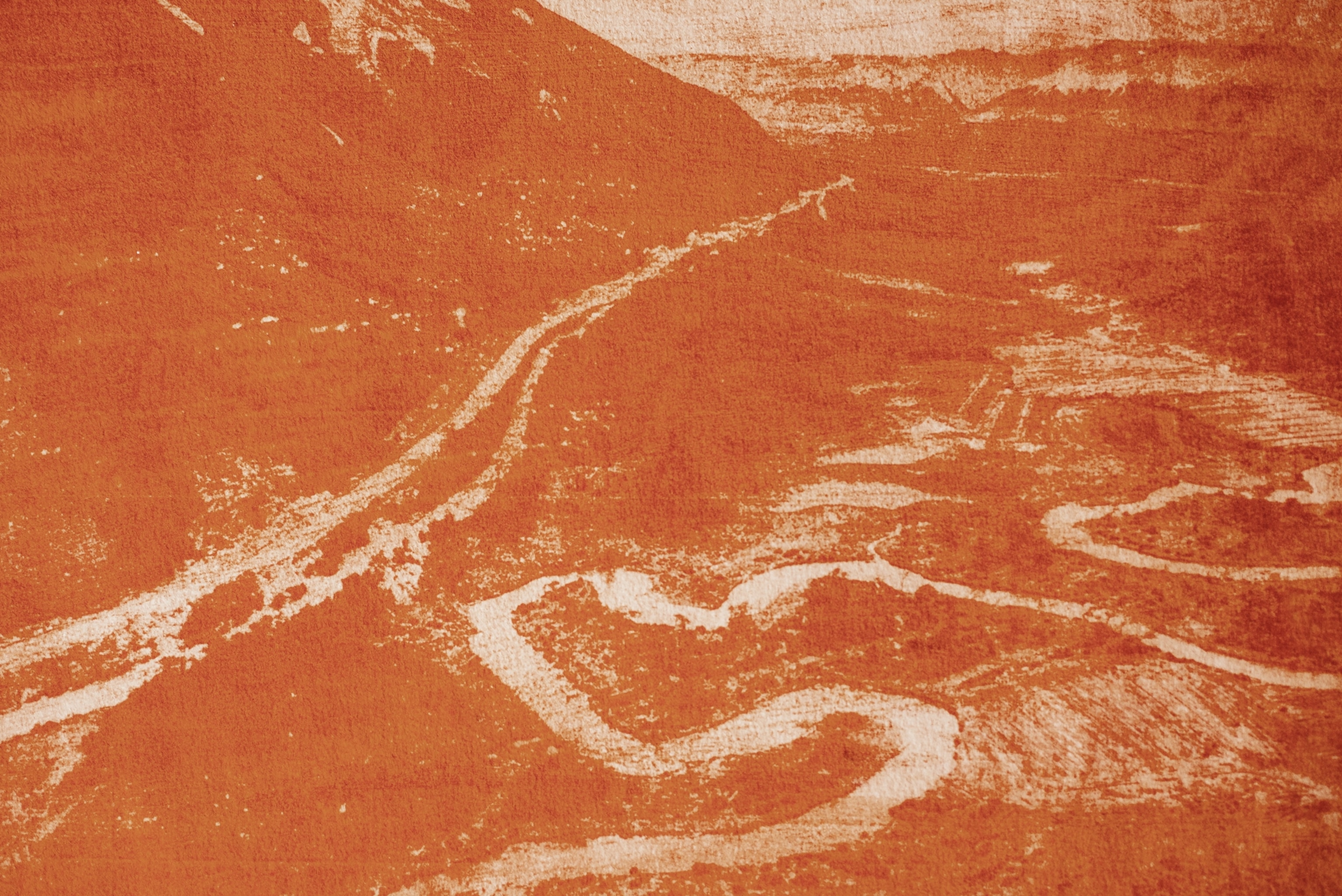
Patagonia is known the world over: Its stark landscapes and incredible natural beauty have long graced the glossy pages of travel magazines and inspired countless adventurers and tourists who make the journey south to explore the region’s pristine fjords and climb its peaks.
Agusti, however, sees another side of her homeland. “It’s not just nature and landscapes,” she says. “Latin America is always on one side amazing landscapes and nature, and on the other side social crisis.”
“There are a lot of things going on in the middle,” she says, “that don’t get visibility. And I wanted to tell stories from that point of view.”
For National Geographic, Agusti has documented the hilanderas del fin de mundo, or “spinners at the end of the world,” a group of women maintaining their cultural tradition of spinning and weaving wool, as well as the region’s beaver overpopulation crisis.
Agusti has also been drawn to an oft-overlooked feature of Patagonia’s environment: its peatlands. A vast majority of Argentina’s peat reserves are found in Tierra del Fuego, and they play an important but unassuming role. Globally, peatlands serve as the world’s largest terrestrial carbon stock (Argentina’s are the largest south of the Tropic of Capricorn), making them critical in the fight against climate change.
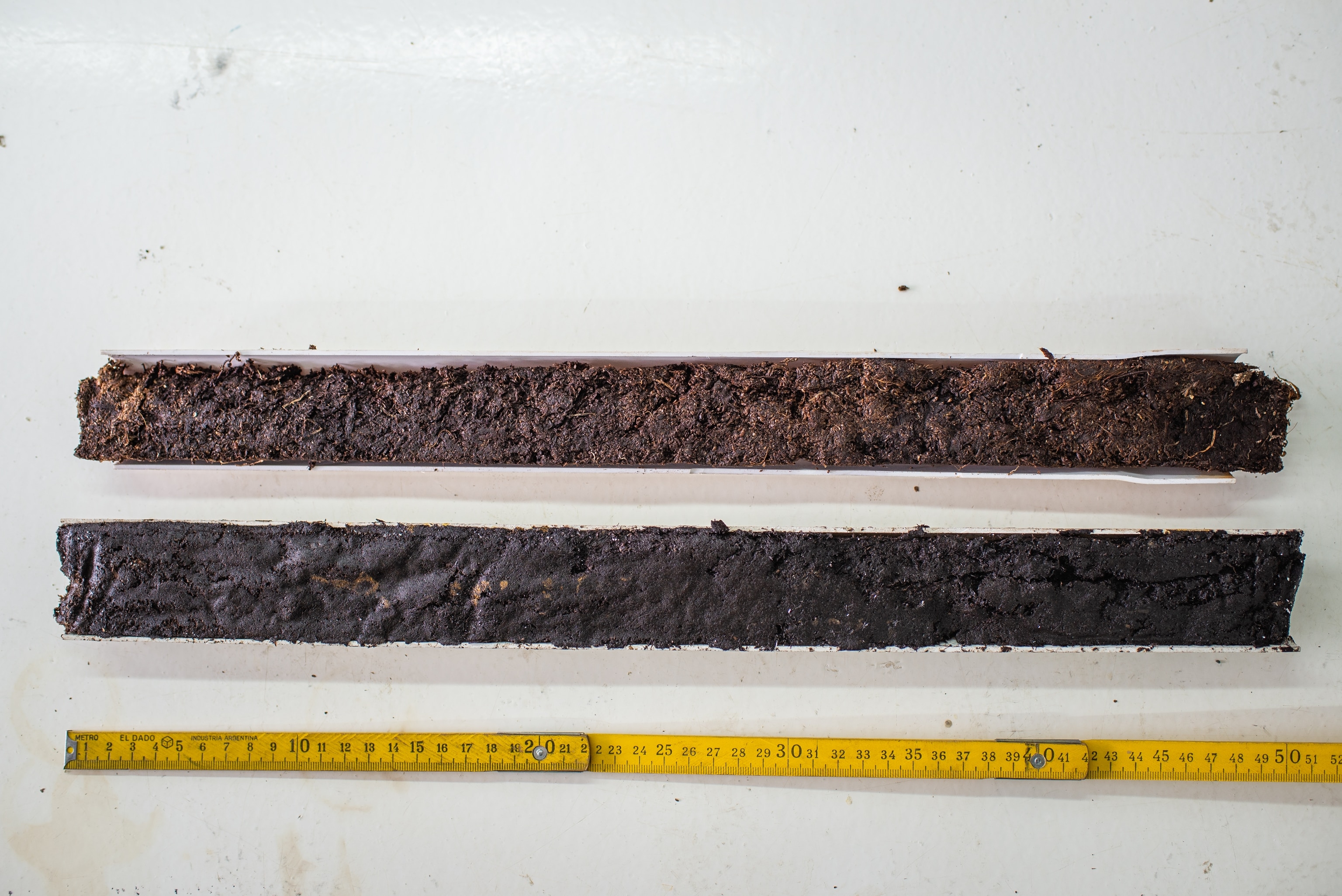
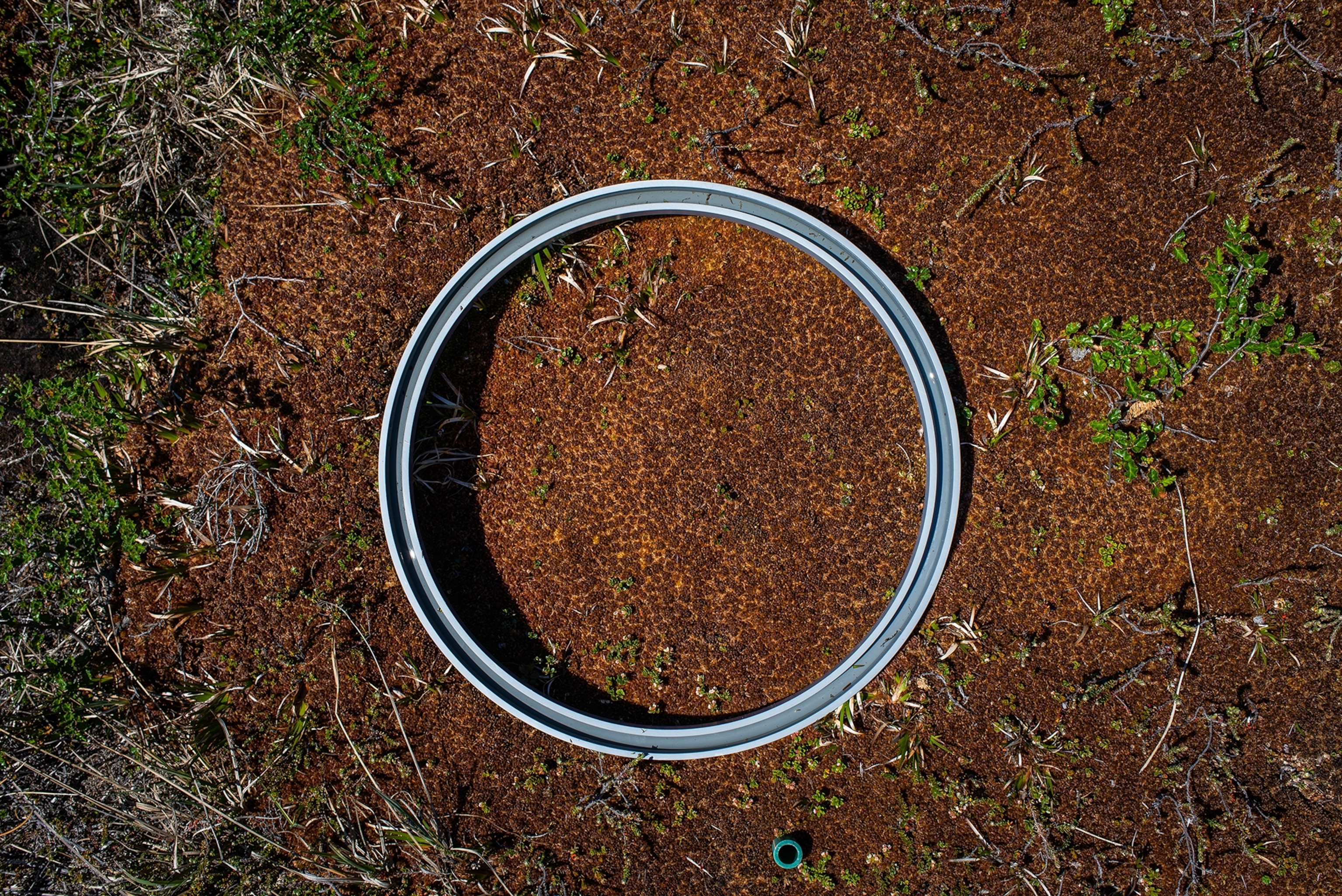
For a 2018 grant from the National Geographic Society, Agusti began to document these terrains with the intent of changing perceptions about them locally.
“They have always been disregarded,” Agusti says, “and related to wastelands or spaces that were not valuable.” The story is the same with many wetlands around the world. In the northern hemisphere, Agusti says, “they have already gone through the process of extracting them and then realizing how important they were.”
Agusti wants to draw attention to Argentina’s peat bogs before they meet the same fate. “I began focusing on the idea that humanity always tends to protect what we find beautiful,” she says. Her work with peatlands seeks to showcase the unassuming beauty of these landscapes.
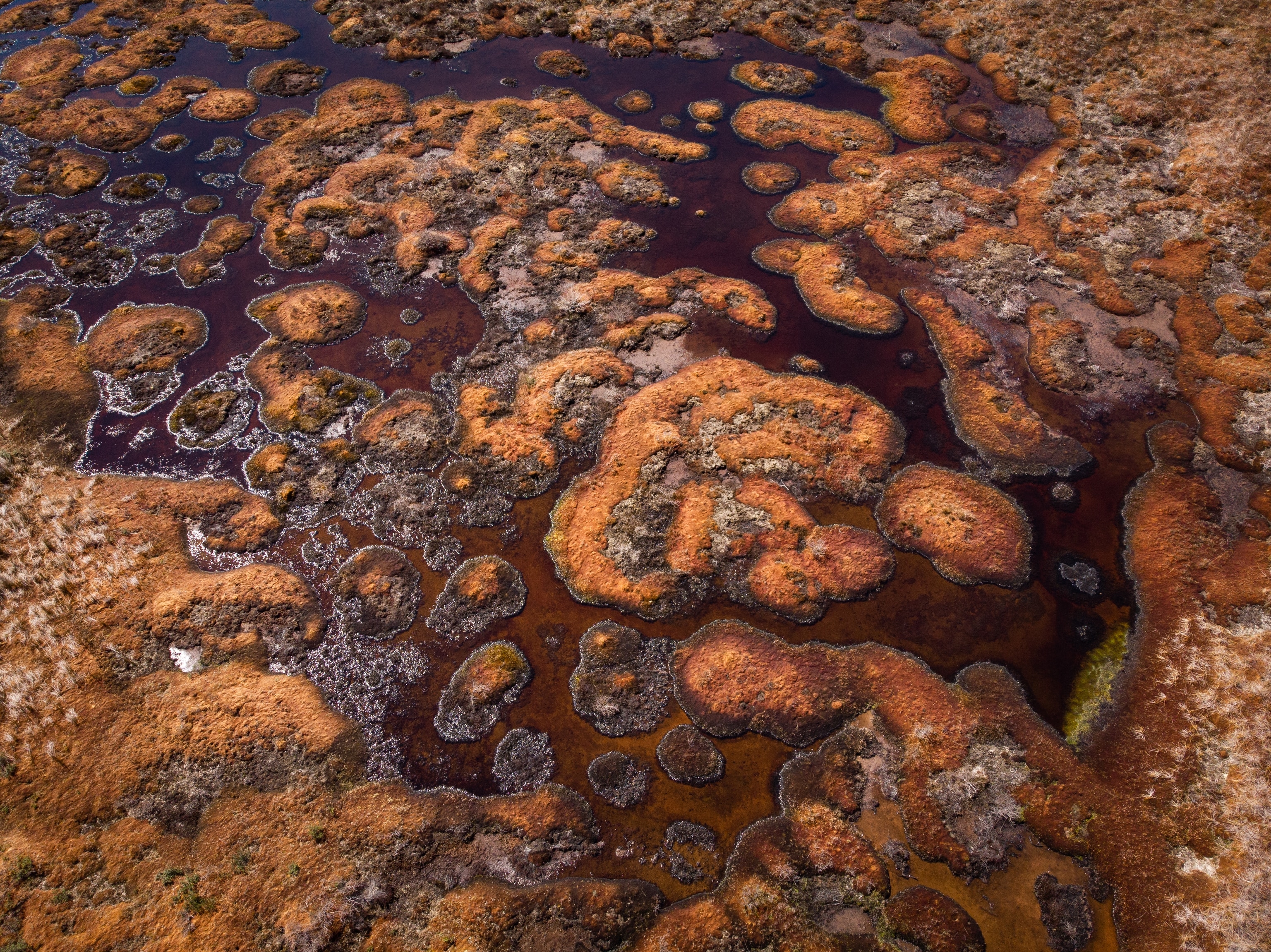
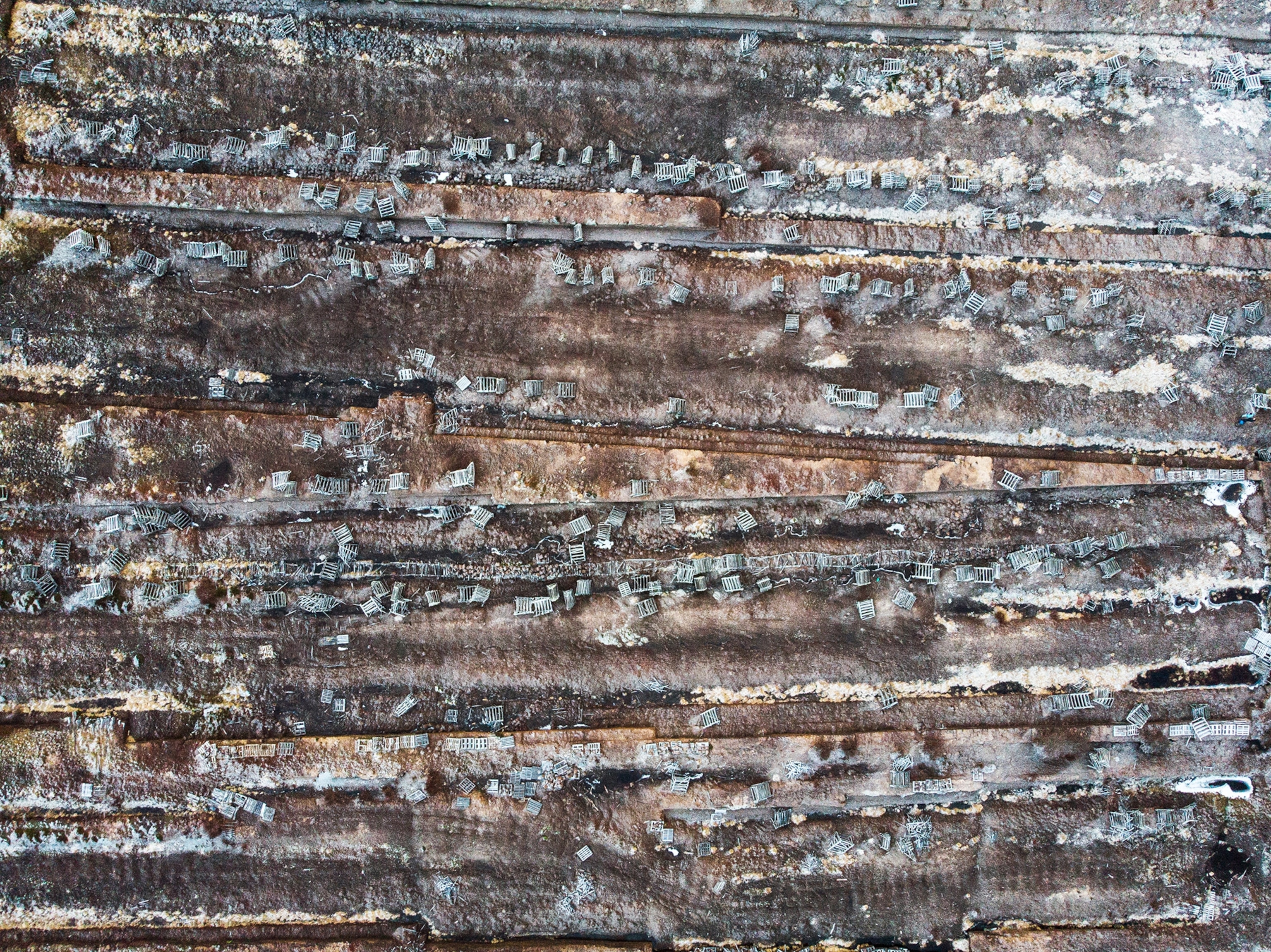
Now, as part of a collaboration between the National Geographic Society and The Climate Pledge, Agusti will expand on that work and document five significant peatlands in Latin America, Africa, Asia, and Northern Europe.
Agusti is optimistic. Already, she says, there is hope. In the Mitre Peninsula in the southeast of Tierra del Fuego, the world’s southernmost peatland is being considered for protection by Argentina’s government.
“The project has been in the legislature for almost 30 years, and it never comes out,” Agusti says. “Now, the community is more connected to the peatlands than before, so we are very positive about this happening.”
Agusti will document the beauty of peatlands on four continents and their role in storing huge amounts of carbon as part of a collaboration between the National Geographic Society and The Climate Pledge, launched in May 2022. The partnership supports National Geographic Explorers documenting the global climate crisis as part of the Society’s Global Storytellers Fund.
ABOUT THE WRITER
For the National Geographic Society: Andrew Rasner is Senior Manager of Digital Content at the Society.

